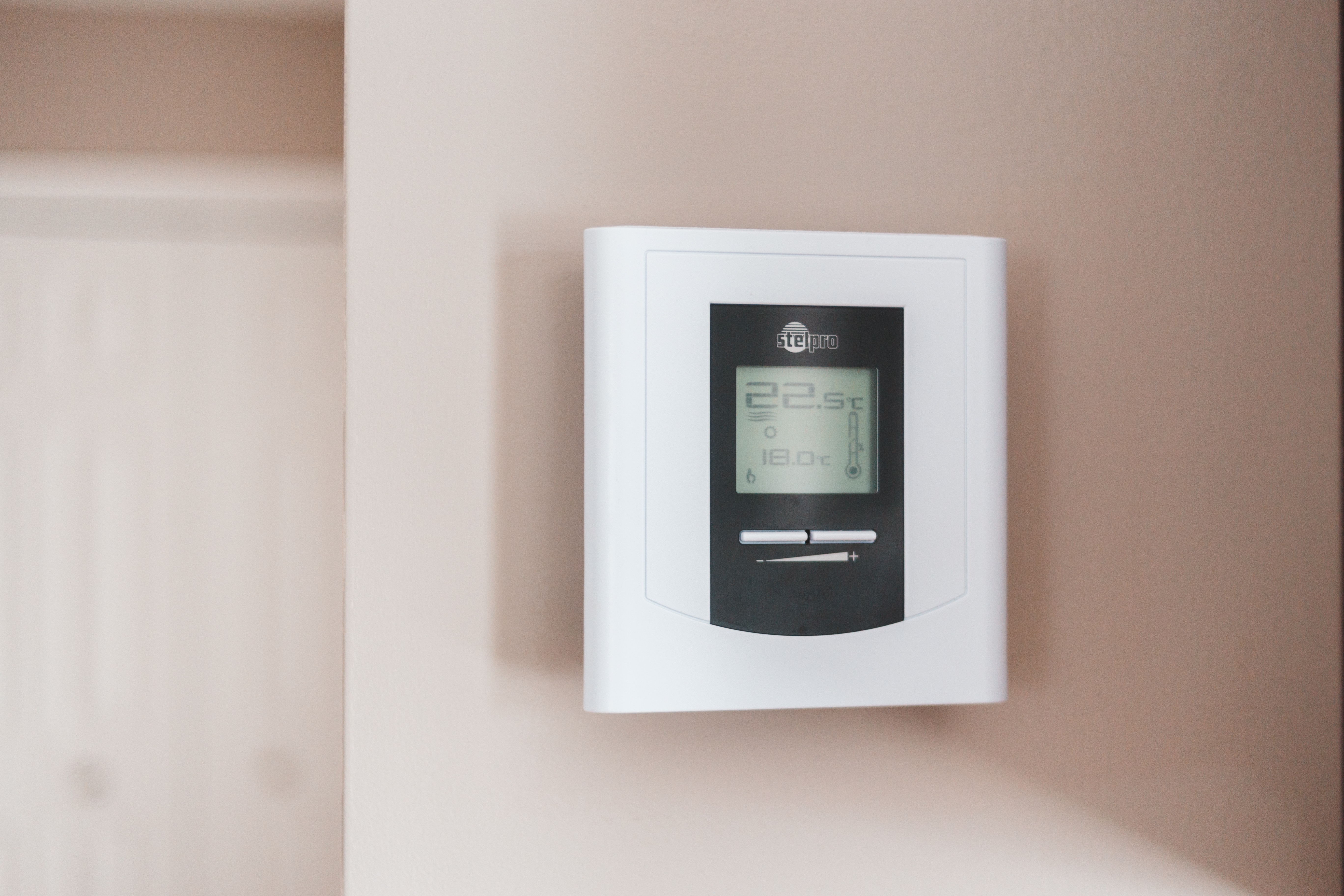A thermostat is a crucial component of any home heating and cooling system. It helps regulate the temperature and ensures your home remains comfortable throughout the year. However, like any other electronic device, thermostats also have a lifespan and may need to be replaced over time. In this blog post, we will discuss when it is the right time to change your thermostat for total home comfort.
1. Age of the Thermostat
The age of your thermostat is an essential factor to consider when determining if it’s time to replace it. Most thermostats have a lifespan of around 10-15 years. If your thermostat is older than that, it may not be functioning optimally and could be causing temperature inconsistencies in your home. Upgrading to a newer model can ensure better performance and improved energy efficiency.
2. Inaccurate Temperature Readings
If your thermostat displays inaccurate temperature readings, it may be time for a replacement. A malfunctioning thermostat can lead to temperature fluctuations, making maintaining a comfortable indoor environment challenging. Investing in a new thermostat with precise temperature sensors will provide more accurate readings, allowing you to set the desired temperature confidently.
3. Lack of Programmable Features
Older thermostats often lack programmable features, making them challenging to optimize energy usage and achieve comfort. Programmable thermostats allow you to set different temperature levels throughout the day, ensuring your home is heated or cooled only when needed. This not only improves comfort but also helps save on energy bills. Consider upgrading to a programmable thermostat to control your home’s temperature settings better.
4. Compatibility with HVAC Systems
If you have recently upgraded your HVAC system or are planning to do so, it’s essential to check if your current thermostat is compatible. Newer HVAC systems often require thermostats with advanced features to maximize their efficiency. Consult a professional technician to determine if your existing thermostat is compatible with your new HVAC system. If not, it may be time to switch to a thermostat that can fully utilize the capabilities of your upgraded system.
5. Energy Efficiency
Energy efficiency is a significant consideration for homeowners looking to reduce their carbon footprint and save on utility bills. Older thermostats, such as smart thermostats, may not have energy-saving features in newels. Smart thermostats can learn your preferred temperature settings, adjust based on your schedule, and even be controlled remotely through a smartphone app. These features enhance comfort and reduce energy usage, lowering energy bills.
6. Technological Advancements
The world of thermostats has seen significant technological advancements in recent years. If you’re still using an old manual thermostat, you’re missing out on the convenience and benefits offered by modern thermostats. Upgrading to a new thermostat can provide free touchscreen displays, voice control, and integration with smart home systems. These advancements make controlling and monitoring your home’s temperature easier, enhancing overall comfort and convenience.
Knowing when to change your thermostat is crucial for maintaining total home comfort. Whether it’s due to inaccurate temperature readings, lack of programmable features, compatibility issues, energy efficiency concerns, or simply wanting to take advantage of the latest technological advancements, upgrading your thermostat can significantly enhance your home’s comfort and energy efficiency. Consult a professional technician to determine the best thermostat for your specific needs and enjoy the benefits of a well-regulated indoor environment.

